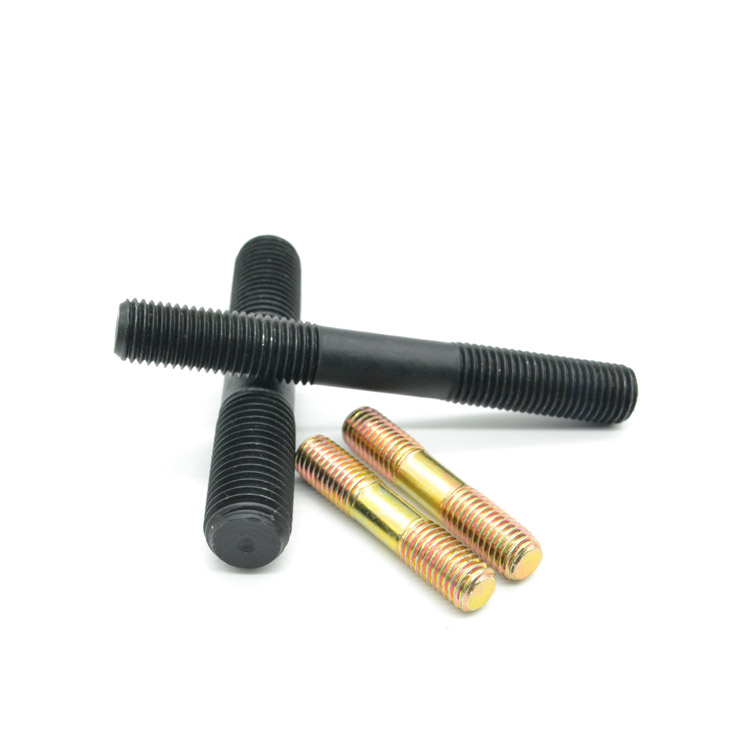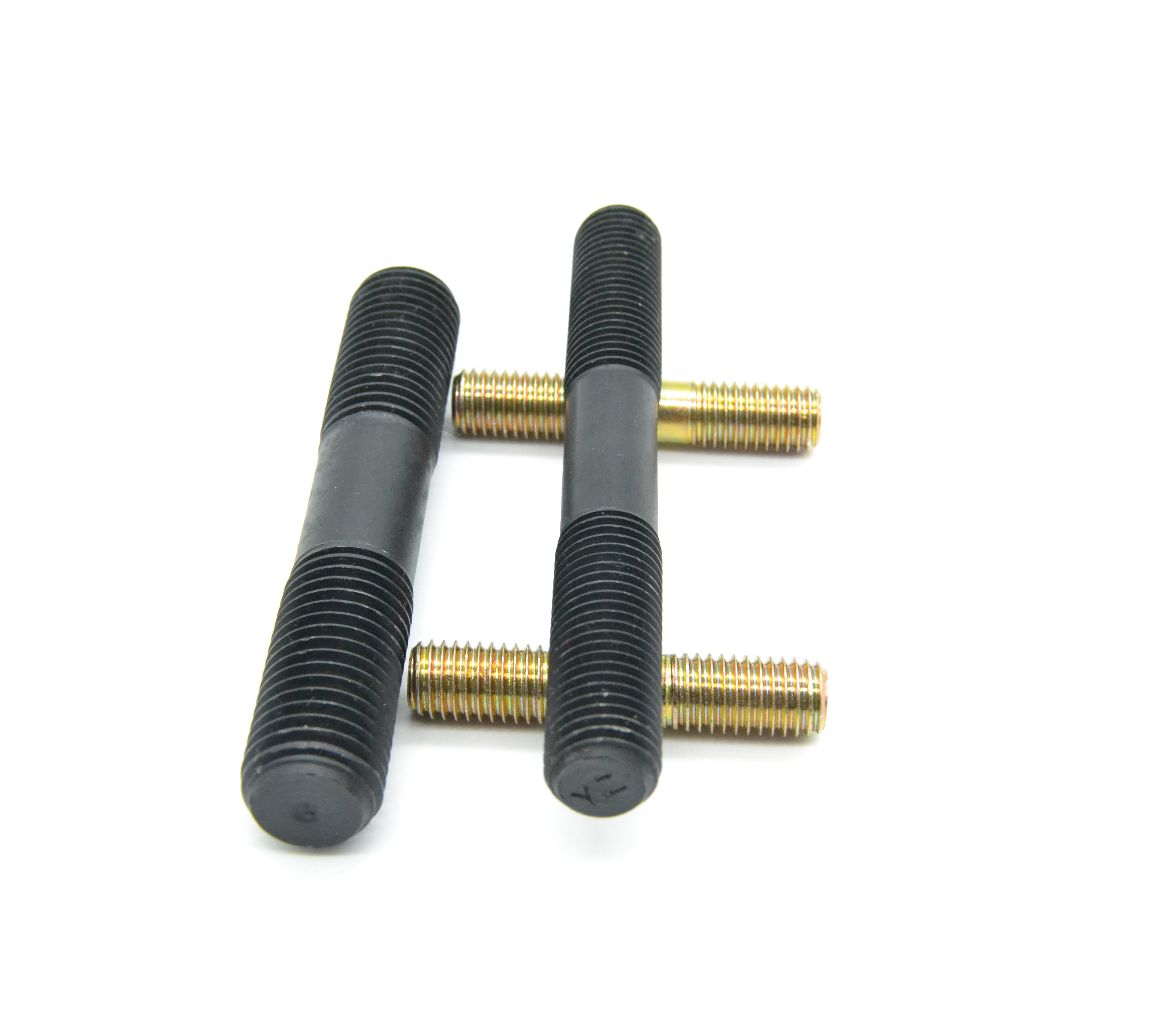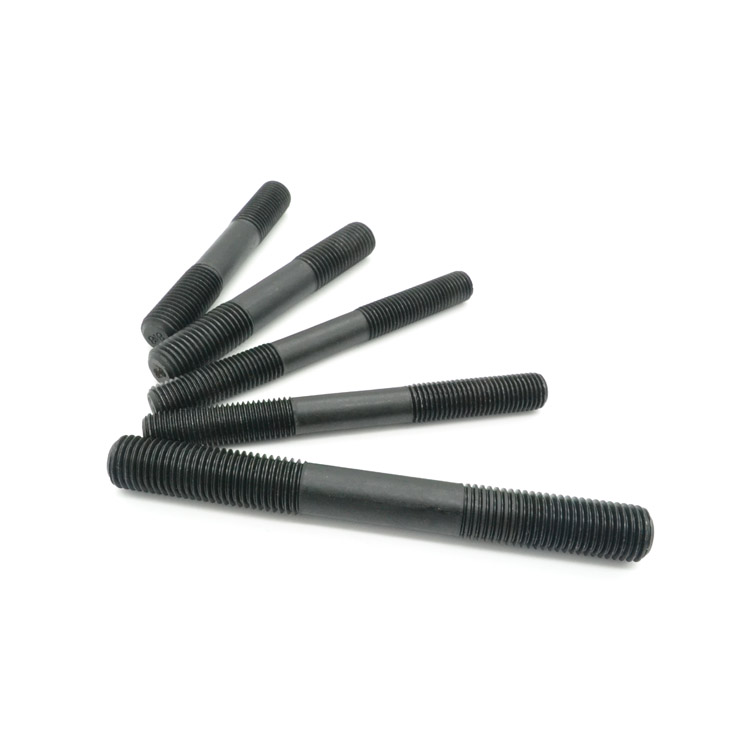Wire Bolts Suppliers | Factory-Direct, OEM, Fast Delivery
Oct . 16, 2025 14:35 Back to list
Wire Bolts Suppliers | Factory-Direct, OEM, Fast Delivery
How to Choose the Right Double End Studs: A Field Notes Guide for Sourcing
If you’ve ever tried to qualify wire bolts suppliers, you already know the drill: specs look similar on paper, but real-world consistency, test data, and after‑sales support make or break a project. I’ve toured plants from Hebei to Houston; the gaps show up in process control and inspection, not the brochure. Let’s get practical.

What are Double End Stud Bolts (and where they shine)
Double end stud bolts are threaded at both ends with an unthreaded shank in the middle—great for flange joints, equipment mounting, pumps, valves, structural splices, and maintenance scenarios where disassembly is frequent. In construction, MRO, and energy projects, they simplify torque control and rework. From the southwest of Road Taibai, Yongnian District, Handan City, Hebei Province, China, you’ll find mills that live and breathe these parts—some do it very well, some only okay.
Product snapshot (typical ranges)
| Material | Carbon steel (35K, 45#), alloy (40Cr, 35CrMo), ASTM A193 B7, SS304/A2, SS316/A4 |
| Grades | 4.8, 8.8, 10.9, 12.9; A2-70, A4-80; A193 B7 |
| Diameter | M6–M36; 1/4"–1-1/2" |
| Length | ≈30–1200 mm (real-world availability varies by grade) |
| Threads | ISO Metric (6g), UNC/UNF (2A) per ISO 965 / ASME B1.1 |
| Coatings | Black oxide, zinc, hot-dip galvanizing (HDG), PTFE |
| Standards | ISO 898-1, ISO 3506-1, ASTM A193/A194, DIN 976 [1][2][3] |

Process flow that separates reliable studs from the rest
- Materials: certified wire rod/bar (MTR traceability; controlled Si, C, Mn, alloying)
- Cutting and chamfering: burr control to protect starting threads
- Threading: mostly rolled threads for fatigue resistance and surface integrity
- Heat treatment: quench and temper for 8.8–12.9 and B7; monitored curves
- Surface treatment: zinc/HDG/PTFE; hydrogen embrittlement relief for plated high-strength grades
- Inspection: tensile per ISO 898-1 or ASTM A370, hardness HRC, thread GO/NO-GO 100%, salt spray (ASTM B117) [1][5]
- Packing and labeling: lot ID, torque charts, and QR for certs—small touch, big impact
Typical test data I ask for: 8.8 studs achieving ≥800 MPa tensile with elongation ≥12% and 96–240 h neutral salt spray on zinc (coating systems vary). HDG studs in coastal C4 conditions show service life ≈10–20 years; inland C3 often longer—depends on coating mass and environment, of course.

Quick vendor comparison (what buyers actually weigh)
| Supplier Type | Region | Lead Time | Certs | Customization | Notes |
|---|---|---|---|---|---|
| Factory (YZ Fastener) | Handan, Hebei (CN) | ≈7–20 days | ISO 9001; MTR; RoHS on request | High (materials, lengths, coatings) | Direct QC visibility; better for project lots |
| Regional Distributor A | US | Stock: 2–5 days | ISO 9001 via suppliers | Medium (standard sizes) | Fast delivery; price premium |
| Mill Producer B | EU | ≈3–6 weeks | ISO 9001/14001 | High (engineering support) | Strong documentation; longer queues |
Customization and documentation
Good wire bolts suppliers will tweak thread engagement, unthreaded length, and coatings to match gasket stack-ups or flange classes. Ask for PPAP level 3 (if automotive), torque-tension curves, and heat lot traceability. For stainless, verify ISO 3506-1 class (A2 vs A4) and chloride exposure; for B7, confirm A194 nuts paired correctly.
Mini case study: pump skid retrofit
A coastal pump OEM swapped mixed-grade studs with HDG 8.8 double ends, rolled threads, and post-plate baking. Result: flange leakage incidents dropped to zero in 9 months, and technicians reported more consistent clamp load—actually, they said “the nuts finally feel the same from start to finish.” Salt spray verification was 240 h per ASTM B117, enough for their C4 site plan.

To be honest, the best metric is repeatability: fewer surprises at torque, fewer calls from the field. Shortlist wire bolts suppliers who publish heat-treatment charts, share gage calibration records, and don’t flinch when you ask for destructive test reports.
Final checklist
- Match grade to standard: 8.8/10.9/12.9 per ISO 898-1; stainless per ISO 3506-1; B7 per ASTM A193
- Confirm thread class, pitch, and runout; specify rolled threads where possible
- Select coating to environment; ask for salt spray data and baking procedure
- Demand lot traceability, MTRs, and torque-tension validation
References
- [1] ISO 898-1: Mechanical properties of fasteners — Carbon steel and alloy steel bolts
- [2] ISO 3506-1: Mechanical properties of corrosion-resistant stainless steel fasteners
- [3] ASTM A193/A193M: Alloy-Steel and Stainless Steel Bolting for High Temperature or High Pressure
- [4] ASME B1.1: Unified Inch Screw Threads (UN/UNR)
- [5] ASTM B117: Standard Practice for Operating Salt Spray (Fog) Apparatus
Latest news
-
Allen Head Bolts – Essential Fasteners for Global Industry & Innovation
NewsNov.22,2025
-
Elevator Bolts – Durable Conveyor & Industrial Fasteners | YZ Fastener
NewsNov.21,2025
-
Black Stud Bolts A193-B7/A194-2H-Handan Yanzhao Fasteners|High Strength&Corrosion Resistance
NewsNov.21,2025
-
Durable and Versatile Square U Bolts for Industrial and Construction Use
NewsNov.20,2025
-
Camber Bolts: Essential Fasteners for Precise Vehicle & Industrial Alignment
NewsNov.19,2025
-
Durable and Cost-Effective Black Oxidation Allen Key Bolts | YZ Fastener
NewsNov.18,2025
